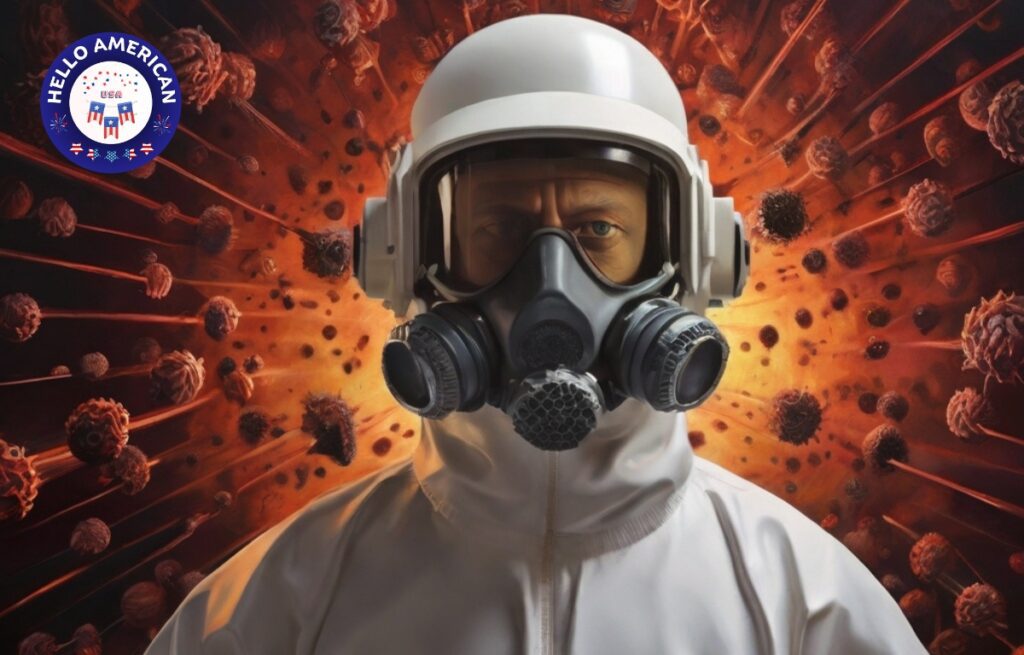What is COVID-19?
COVID-19, short for “coronavirus disease 2019,” is an infectious illness caused by the novel coronavirus, SARS-CoV-2. It was first identified in December 2019 in Wuhan, China, and quickly spread worldwide, leading the World Health Organization (WHO) to declare it a global pandemic in March 2020.
The virus primarily spreads through respiratory droplets when an infected person coughs, sneezes, talks, or breathes. It can also spread by touching surfaces contaminated with the virus and then touching the face, particularly the eyes, nose, or mouth.
Symptoms of COVID-19 vary but commonly include fever, cough, shortness of breath, fatigue, body aches, loss of taste or smell, sore throat, congestion, nausea, or diarrhea. However, some infected individuals may be asymptomatic, showing no symptoms at all.
Severe cases of COVID-19 can lead to pneumonia, difficulty breathing, organ failure, and in some instances, death. Certain groups, such as the elderly and those with underlying health conditions, are at higher risk of developing severe complications.


Preventive measures like wearing masks, practicing good hand hygiene, maintaining physical distance, and getting vaccinated help reduce the spread of the virus and protect individuals from severe illness. Treatment primarily involves supportive care, though several vaccines and therapeutic drugs have been developed to combat the disease.
Facebook: Hello American – Your Best Magazine
Hello American 😍


